Revell Sopwith F.1 Camel 1/72 (one of the first aircraft in RAF)
From Author:
This article should be posted in 100 Years of The Royal Air Force Group Build, but due to some error, I am posting it in general iModeler page.
I made the kit in 2017 (the kit comes from 2009). The most difficult part was: rigging (no elastic strand available) and propeller (one week of work). I was wondering if it is valid to post Sopwith F.1 Camel in 100Year of RAF group - this aircraft was invented before RAF was created, but it was incorporated to RAF squadrons on 1 April 1918. I am posting one picture with one of the major enemies of F. 1 Camel (Fokker Dr. I)
Technical Data:
Powered by the 130hp Clerget, 110hp Le Rhône or 150hp Bentley B.R.1. rotary engines,
Maximum speeds ranging from 177-193km/h (110-120mph)
Wingspan: 8.53m (28ft.)
Length: Clerget engine 5.71m (18ft 9in.) or Bentley engine 5.63m (18ft 6in.)
Armament: two fixed Vickers 7.69mm (0.303in.) machine guns with synchronizing mechanism; also up to four 9.07kg (20 lb.) Cooper bombs in racks under the fuselage.
The Sopwith F.1 Camel was developed from the Pup biplane and was the most successful British fighting scout of the First World War. The first prototype flew in February 1917, and the Camel was seen as a counter to the latest German types. The Camel first served with the Royal Naval Air Service and on 4 July 1917 five of these aircraft successfully intercepted a formation of Gotha bombers. Seven other naval units used Camels and of the 1,294 enemy aircraft shot down by Camels, 386 of these were by naval machines. Royal Flying Corps units began re-equipping with F.1 Camels in July 1917, there being 14 squadrons before the RFC and RNAS became amalgamated in the new Royal Air Force on 1 April 1918. After that date a further four RAF squadrons reformed with Camels. Approximately 5,500 F.1 Camels were delivered to operational squadrons, most of which served on the Western Front in France, the Middle East and Russia. The type was also widely used for ground attack and losses from this role and air combat were heavy; there were also many losses through accidents, as the Camel was highly maneuverable and unforgiving to the unwary pilot. Many distinguished pilots flew Camels and obtained high scores, there being 19 RNAS and RFC/RAF aces whose individual tallies were 20 or more. In the UK many Camels were used for night defense duties; other main users included the 17th and 148th. Aero Squadrons of the U.S. Air Service and four escadrilles of the Belgian Air Force.
(source: Revell booklet)
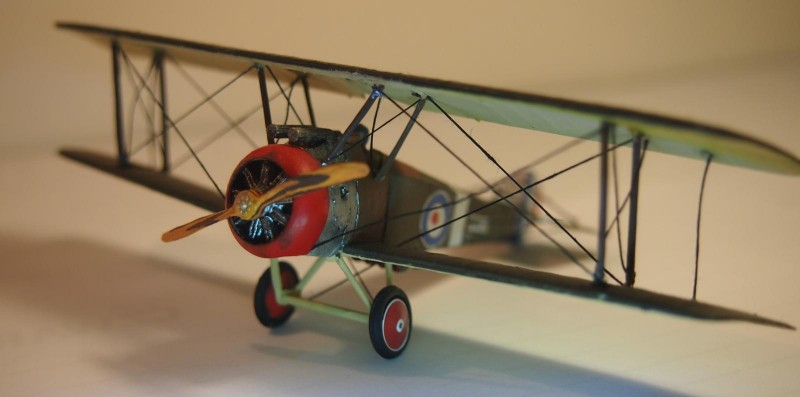
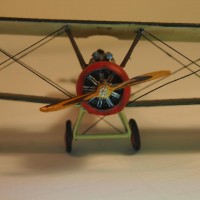
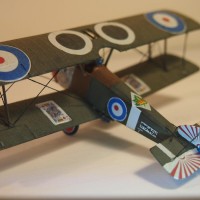
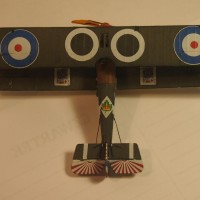
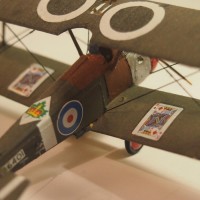
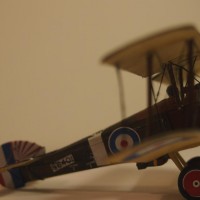
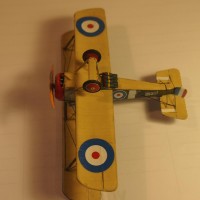
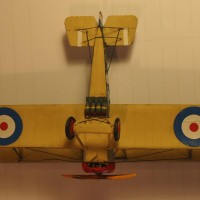
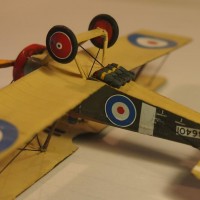

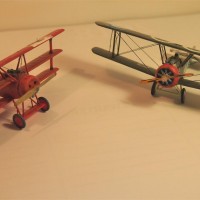

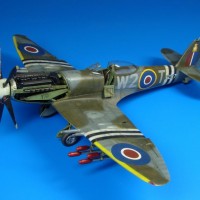
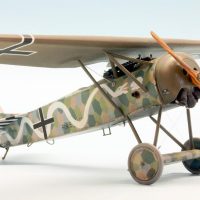
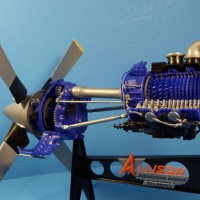
Well done with this WW1 biplane. I recently completed a Ansaldo SVA from this time period. I managed to paint the fuselage to imitate wood, but the rest of the plane did not turn out so well - so I didn't want to make an article about it for imodeller. 2 Questions: Is the propeller whittled from wood or painted? Your rigging is awesome, what material did you use for this rigging, and where did you get it from?
Thanks,
Mon
3 attached images. Click to enlarge.
Hi, my Friend. The propeller is from Revel plastic. If it looks like made from wood for you, I am proud:). Really, work on propeller took me one week. I follow Plasmos (David Danek from Czech Republik) tutorial very carefully (link here: https://www.youtube.com/watch?v=Y_dszpr5iY4&t=4s). He has also somethink about paint the wooden texture as well.
The rigging has there own issue. Firstly, at that point, I had not hand drills, so you can see the glue joints leftovers. Second I had only Revel glue, but if you need to have clean work You should use PVA glue (white glue for wood). It evaporates very nice and leaves only transparent marks (good also to glue clear parts).
For rigging, I had used a lot of bad words and black synthetic strand (I experimented with those form Amo Mig - link here:
https://www.mojehobby.pl/products/Rigging-linka-0-02mm.html
but I had no patience for that). After few years rigging is not as tight as it was at the beginning (should estimate that - my bad).
A few days ago I found some manual to rigging the aircraft (link: https://www.youtube.com/watch?v=FY-moPlWxbo) but I haven't watched it yet. But still, with a clear mind, I can highly recommend channel off Dave's.
Hope it would be helpful.
Best regards Ł.
Ha! Using a lot of bad words is an indispensable element, especially for a bi-plane in 1/72. Thanks for the video links and the product link. As I haven't done rigging before I definitely want to have a try at it soon.
Thanks.
I'm always amazed when I see these planes done in this scale,well done1
Thanks, man it was tiny. After an episode of Camell and Fokker in 1/72 I switched to 1/48 in case of fighters and 1/72 for bombers. "Unfortunately" I had bought 1/48 of Dornier Do 17z from ICM and it is huge.
🙂 … Greetings … 🙂 :
Exemplary work Lukasz … that model and it's colors really standout.
nice clean work.
Thanks very much. Best regards.
It most definitely looks the part! Given the 1/72 scale this is likely a really tiny model, I admire your perseverance.
Thanks, @Editor, as mentioned above: It was very small, and I switched. It was a birthday gift so I had no influence on the size of the kit. Best regards Ł.